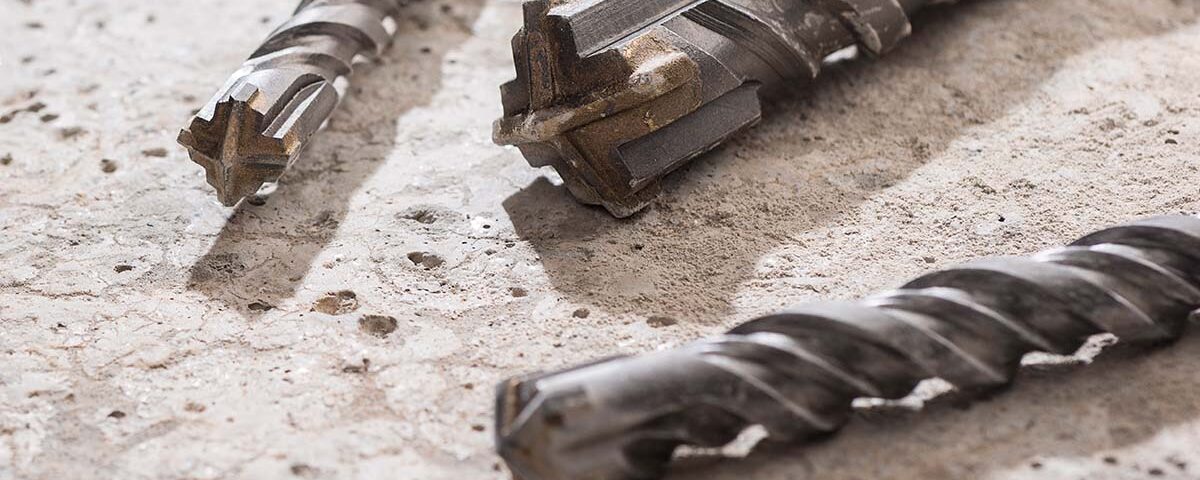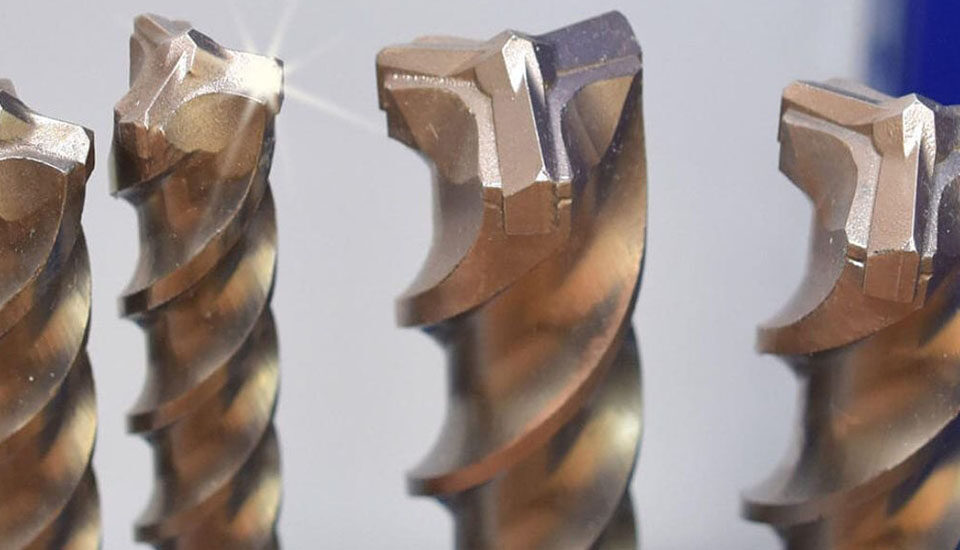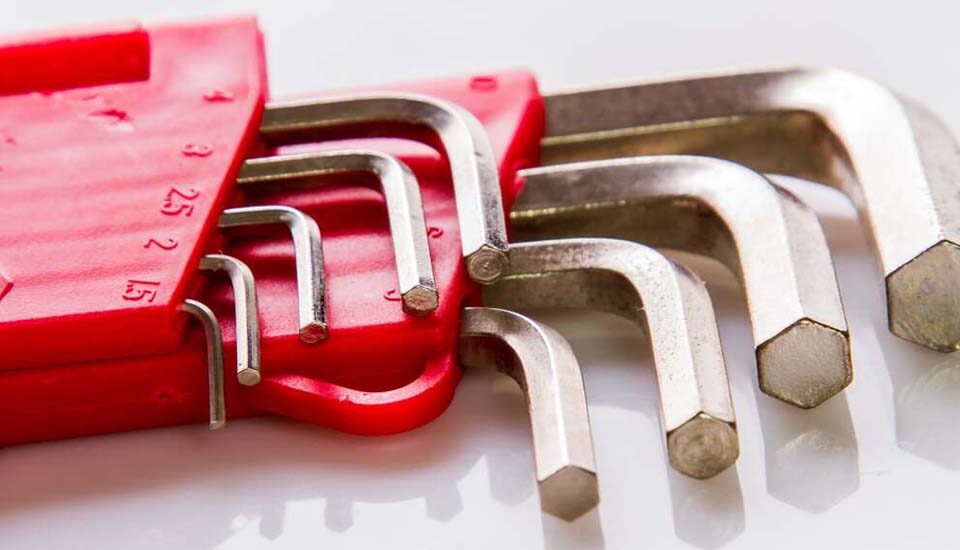What is a SDS drill bit and how is it different from standard drill?

What is a SDS drill bit?
SDS drill bit is a type of drill designed for heavy and professional work. SDS stands for “Special Direct System”. The SDS drill bit has special combs called SDS. These shoulders allow the drill to be easily guided into the triad without the need for twisting and tightening.
SDS (Special Direct System) drill bits are used as a type of heavy method and are used for construction work and drilling in heavy surfaces. These types of drill bits are usually used on surfaces that require fast and accurate drilling due to their special system and the type of installation and connection with appropriate devices.
Usually, SDS has two different connection types: SDS-Plus and SDS-Max. Each of these items are usually made for the tasks they are used for and are made in larger sizes.
The SDS Plus drill has a base diameter of 10 mm and the SDS Max drill has a base diameter of 18 mm.
The SDS drill is different from the normal drill in that the SDS drill has special combs called SDS. These combs allow the drill to be easily guided into the triad without the need for twisting and tightening. These drills are made for heavy and professional work and are used in industrial and construction workshops.
Because of its system, SDS can be easily installed in machines equipped with this system, allowing drills to be changed and replaced quickly. Because of the SDS design that utilizes larger blades and the ability to rotate and change quickly, they are commonly used for fast and powerful drilling in heavy duty environments.
What is a standard drill bit?
Conventional or standard drill is a term generally applied to drills of a typical construction and design, for example standard drills used in hammers or general drilling machines.
These types of drills have a cylindrical or hexagonal shaft structure. They are usually used for various applications such as drilling in wood, metal, plastic and construction materials. They are usually suitable for general and utility applications and are marketed as standard or conventional drills. In general, these types of drills are used in various fields due to their versatility and efficiency.
What is the difference between standard drill and SDS drill bit?
SDS (Special Direct System) drills have a unique locking system invented by Bosch. This system uses a special locking device to quickly and securely install the drill bit in drilling rigs or heavy hammers.
Conventional drills often have circular shafts that require clamps or chucks to be installed in drills or hammers. In contrast, SDS drills have special shafts that lock into SDS machines quickly and with high precision. These shafts usually have a striking part that is rapidly moved by a mechanical hammer or an electric hammer.
In addition to quick locking, SDS drills have a special bit system for less movement of the drill in drilling or hammering machines. This feature makes drilling more accurate and without more vibration.
Conventional drill bits are suitable for a variety of applications, such as drilling in wood, metal, and plastic, while SDS drills are used more for heavier work, such as drilling in concrete and hard materials.
A regular drill (toothed drill) is made of steel and has teeth for cutting material. These drills are suitable for cutting metals, wood and construction materials.
SDS drill or impact drill has no teeth and is made of carbide. These drills carve material through impact and pressure. SDS drills are suitable for drilling in stone, concrete, brick and ceramics.
Other differences between these two types of drill are:
– The regular drill is sharper and cuts better. The SDS drill is slower.
– A regular drill works at a higher speed. The SDS drill has a lower speed.
– Regular drill is cheaper. SDS drill is more expensive.
SDS drill has a longer life and is more resistant to wear.
– The normal drill has more diverse sizes. The SDS drill is more limited.
– SDS drill is suitable for harder materials while conventional drill works better for softer materials.
All in all, SDS are better suited for drilling in hard surfaces and under more pressure due to their locking system and features, while conventional drills are used for a wider range of applications.
Do SDS drill bits fit all drills?
No, the chuck on a standard rotary hammer drill is different to that on an SDS drill so SDS drill bits are not suitable for other drills. If you try using standard drill bits in an SDS drill they can damage the drill and chuck.
Comparison table
here’s the table comparing the main differences between regular drill bits and SDS drill bits:
| Features | Standard Drill | SDS Drill |
| Shaft | Circular | Specific SDS |
| Chuck | Requires chuck or key | Quick SDS chuck |
| Locking System | None | Special SDS locking system |
| Common Uses | Wood, Metal, Plastic | Concrete and harder materials |
| Pressure Strength | Lower | Higher |
| Material Made Of | Steel | Carbide |
| Teeth | Has teeth | No teeth |
| Cutting Method | Toothed cutting | Impact and pressure |
| Primary Use | Metals, Wood, Construction materials | Stone, Concrete, Bricks |
| Cutting Speed | High | Low |
| RPM | High | Low |
| Price | Lower | Higher |
| Lifespan | Shorter | Longer |
| Wear Resistance | Lower | Higher |
| Size Variety | More variety | Less variety |
| Suitable Materials | Softer | Harder |



